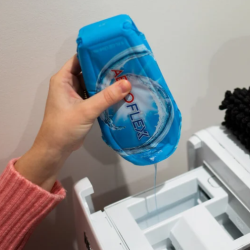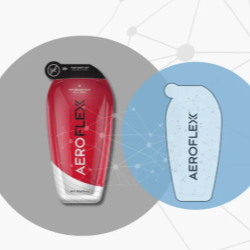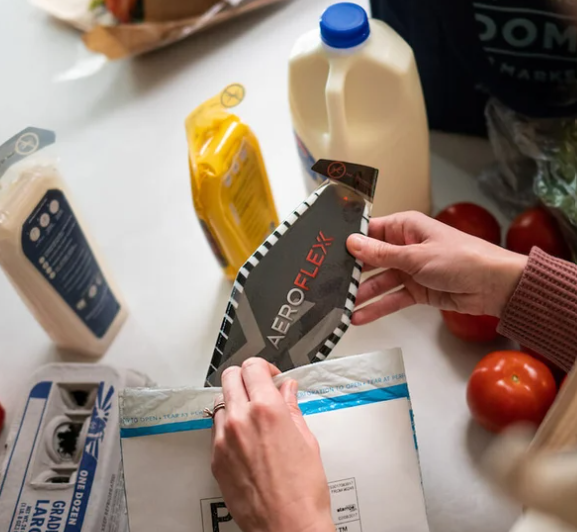

As environmental consciousness has moved from a niche concern to a mainstream movement, personal values have become increasingly important in consumer decisions. With this shift, many brands have embarked on the journey to transition to sustainable products to meet new demands and redefine what it means to be successful in an evolving marketplace.
Sustainable packaging is a complex subject, and brands are paying attention. In this blog post, we’ll unwrap the layers of sustainable packaging and provide a selection of the most innovative packaging solutions on the market today.
Why Is Sustainable Packaging Important Today?
Worldwide, containers and packaging make up a significant amount of municipal solid waste. In 2018 alone, the U.S. produced 292.4 million tons of trash. That same year, packaging made up 82.2 million tons—28.1 percent—of total generation.
Waste that ends up in landfills impacts the environment and local communities. Toxic chemicals are released that suffocate the natural ecosystems and impede the health of local citizens.
The impact of waste isn’t news to consumers. As they make changes to their buying habits by demanding sustainable products, research shows that those based in the U.S. are willing to pay for products that contribute to sustainability. In fact, younger generations of U.S. consumers, such as Gen Zers and millennials, rate environmental considerations as important buying factors.
4 Sustainable Packaging Innovations Today
Research from Market Research Future anticipates that the sustainable packaging market will increase from $371.4 billion in 2022 to $737.6 billion in 2030. According to the same report, the main factors boosting this market include:
- Increased environmental concerns
- Severe limits on the use of single-use plastics
- Increased consumer awareness of sustainable packaging
Although each of the following sustainable packaging options provides solutions to specific markets, products, and problems, it’s important to keep in mind that none are superior, and each has a set of pros and cons.
1. Biodegradable Packaging
A standard in protecting shipped items, styrofoam has been banned in some of the largest U.S. cities because the material isn’t biodegradable or recyclable. Biodegradable air peanuts have become the alternative, providing the same function without polluting the environment.
Similarly, biodegradable plastic is a growing alternative solution. Currently, the more popular bioplastics are cornstarch-based plastics and microbial polyesters, and some big name brands have taken notice.
2. Recycled Cardboard and Paper
Cardboard boxes, which are an industry standard in packaging, are known to have lower carbon dioxide emissions compared to other materials, specifically plastic. Plus, when made from organic materials, cardboard, filler paper, and corrugated bubble wrap are biodegradable.
That being said, the biodegradation process isn’t without its carbon footprint. When cardboard is placed in a landfill, the material breakdown emits methane gas, which impacts the environment significantly more than carbon dioxide.
To have as much positive impact as possible, source post-consumer or post-industrial recycled paper and cardboard.
3. Organic Material Packaging
Organic material packaging is made from natural, plant-based materials that are derived from organic waste and renewable resources. Some of the most used organic material packaging options are:
- Cornstarch packaging, made from corn or maize plants, serves as a great alternative for a range of molds, from bottles to loose-film packaging.
- Mushroom packaging is made from agricultural waste fused together by mushroom roots. Although only currently used for small items, this material can be composed at home and breaks down into nontoxic, organic matter.
- Seaweed packaging is made from agar, a material that is extracted from seaweed and algae. After the dehydration process, agar is used for a variety of packaging forms. In some cases, the packaging is edible!
4. Recycled Plastics
Global production of new plastic is nearly 400 million metric tons per year. In addition to the massive amount of CO2 emitted from plastic production, the life span of plastic products averages around 10 years; some plastics take up to 500 years to decompose.
Many companies have made commitments to use recycled plastics for two main reasons:
- Recycled plastics require less energy compared to newly created plastics.
- Giving a second life to plastic already circulating in the economy reduces the use of up-front plastic and the company’s carbon footprint.
Meet Your Sustainable Packaging Solution
As brands react to consumer buying behaviors and organizations respond to regulatory changes, sustainability has quickly become a key focus.
At AeroFlexx, we have taken the best of rigid and flexible packaging to create a new, superior sustainable packaging option. Our process for developing the AeroFlexx Pak accomplishes:
- Up-front source reduction
- Incorporates up to 50 percent recycled content
- Reduced CO2 emissions through a simplified supply chain
- Full curbside recyclability where all plastic bottles are accepted
Let’s talk about how we can help accelerate your sustainability goals.





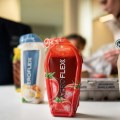
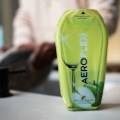
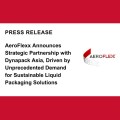

.jpg)
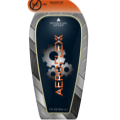
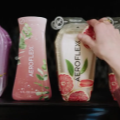
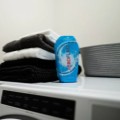
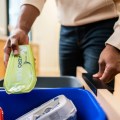
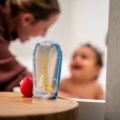

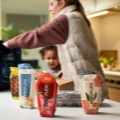
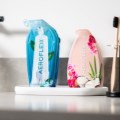
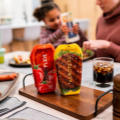
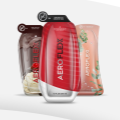





.jpg)




